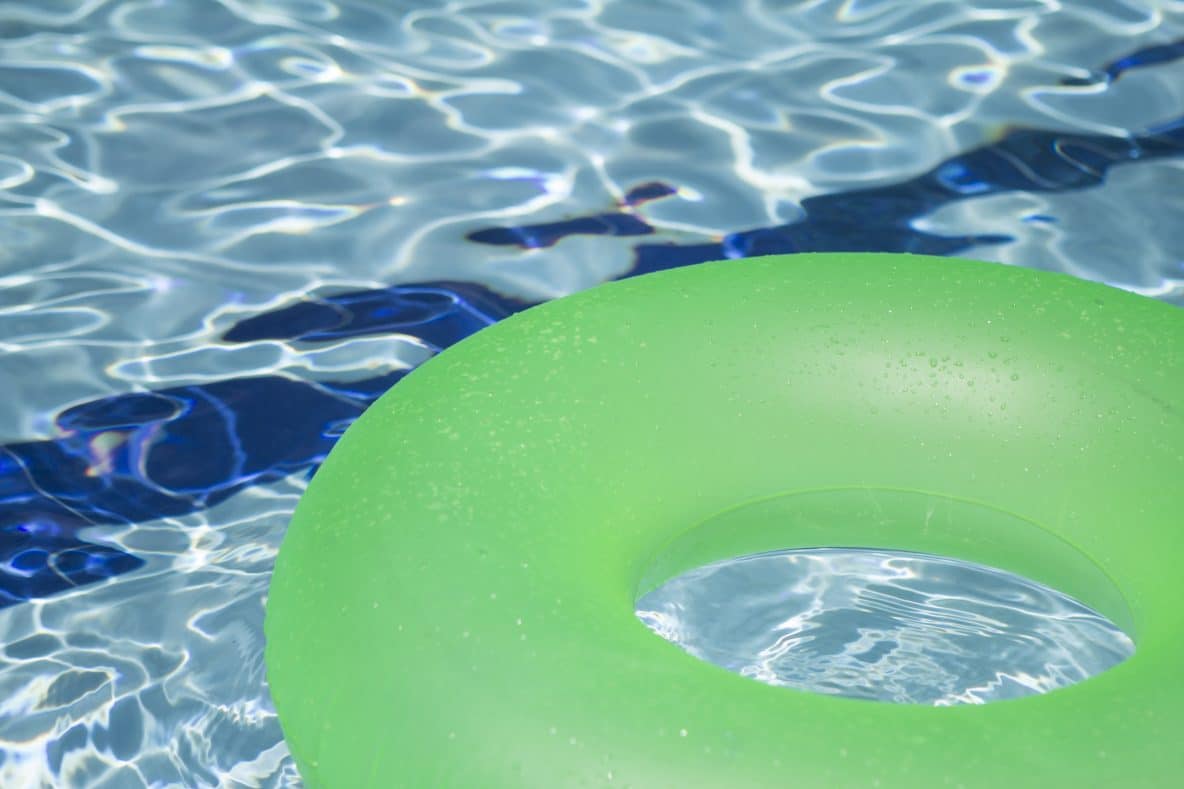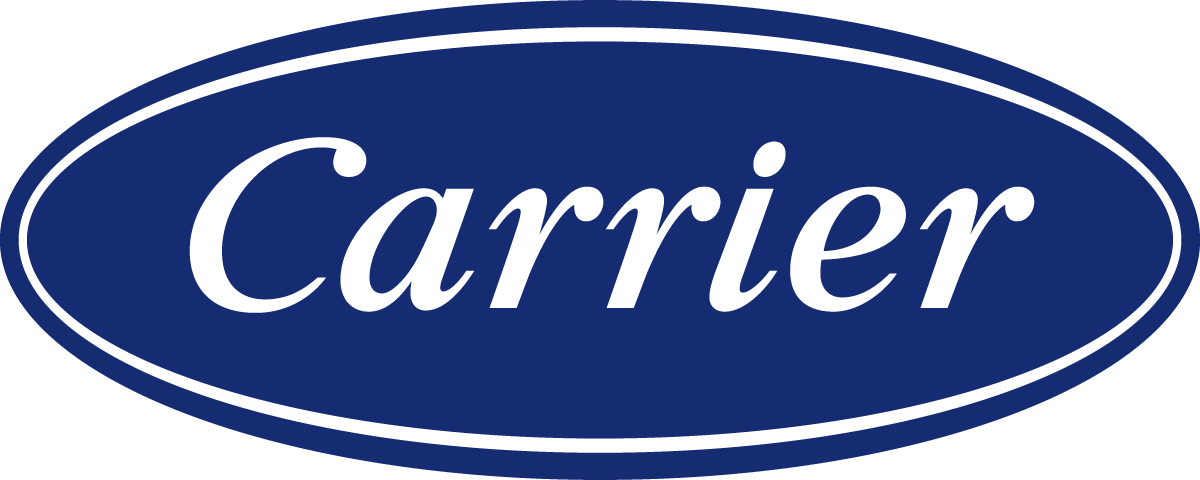Carrier Air Cooling Technology: How do air conditioners work?
06.03.2018

At Carrier Air, our goal is to create affordable and reliable air conditioning solutions for you and your family. But why did we choose this industry and how do our high-quality products come to life?
In 1902, young American engineer Willis Haviland Carrier made history by solving one of the humanity’s most elusive challenges: the ability to control one’s indoor environment with a machine of his own invention, the air conditioner. Thirteen years later, founded by none other than the father of modern air conditioning himself, Carrier Air was born.
At Carrier, we have been integrating insightful engineering and intelligent design to produce heating and cooling solutions for residential, light commercial, retail and transport applications since 1915. The experience we’ve gained over the past 100 years in business, along with engineering experts, energy efficiency capabilities and intuitive products, are all part of our recipe of success and longevity in the industry.
By fulfilling our mission to improve the world around us with technological innovation and environmental stewardship, Carrier air conditioners are high quality devices, built to withstand daily use and capable of maintaining a reliable operation that allows you to finely tune your indoor environment and achieve optimal comfort at home or at work.
How does this advanced technology make that happen?
The main purpose of any air conditioning system is to transfer the unwanted heat from inside a room to the building’s exterior. It has five components that work seamlessly together:
- compressor motor
- condenser
- evaporative coil
- fan
- cooling refrigerant
Modern reverse cycle air conditioners produce air at the desired temperature by using an outdoor and an indoor component. The outdoor, or condensing unit, includes the condensing coil, the compressor motor and the fan. The indoor machine consists of an expansion valve as well as a cold coil with cooling refrigerant to produce cool air.
Controlled by a thermostat, the compressor motor is the heart of the operation, applying high pressure to the refrigerant so it can flow through the system. It compresses a low-pressure, low-temperature coolant, raising the pressure and temperature of this gas before it reaches the condenser coil.
As the coolant flows through the condenser coil, a fan draws the cooler air from the building’s exterior, which absorbs the heat from the refrigerant, condensing the gas into a liquid state. This high-temperature, high-pressure liquid is later directed to the expansion valve.
Meanwhile, the unwanted hot air from inside the room is captured by the indoor unit through a grille, before running it through the coil, where the heat is absorbed. This air then flows across the cooling coil, inside of which circulates the coolant, lowering the temperature and dehumidifying the incoming airflow.
Finally, the cooled air flows back into the room, where it is delivered at your desired temperature.
To create your own indoor weather and reach high levels of comfort regardless of the external temperature, visit our website.
Alternatively, call 13 COOL and talk to one of our specialists.
